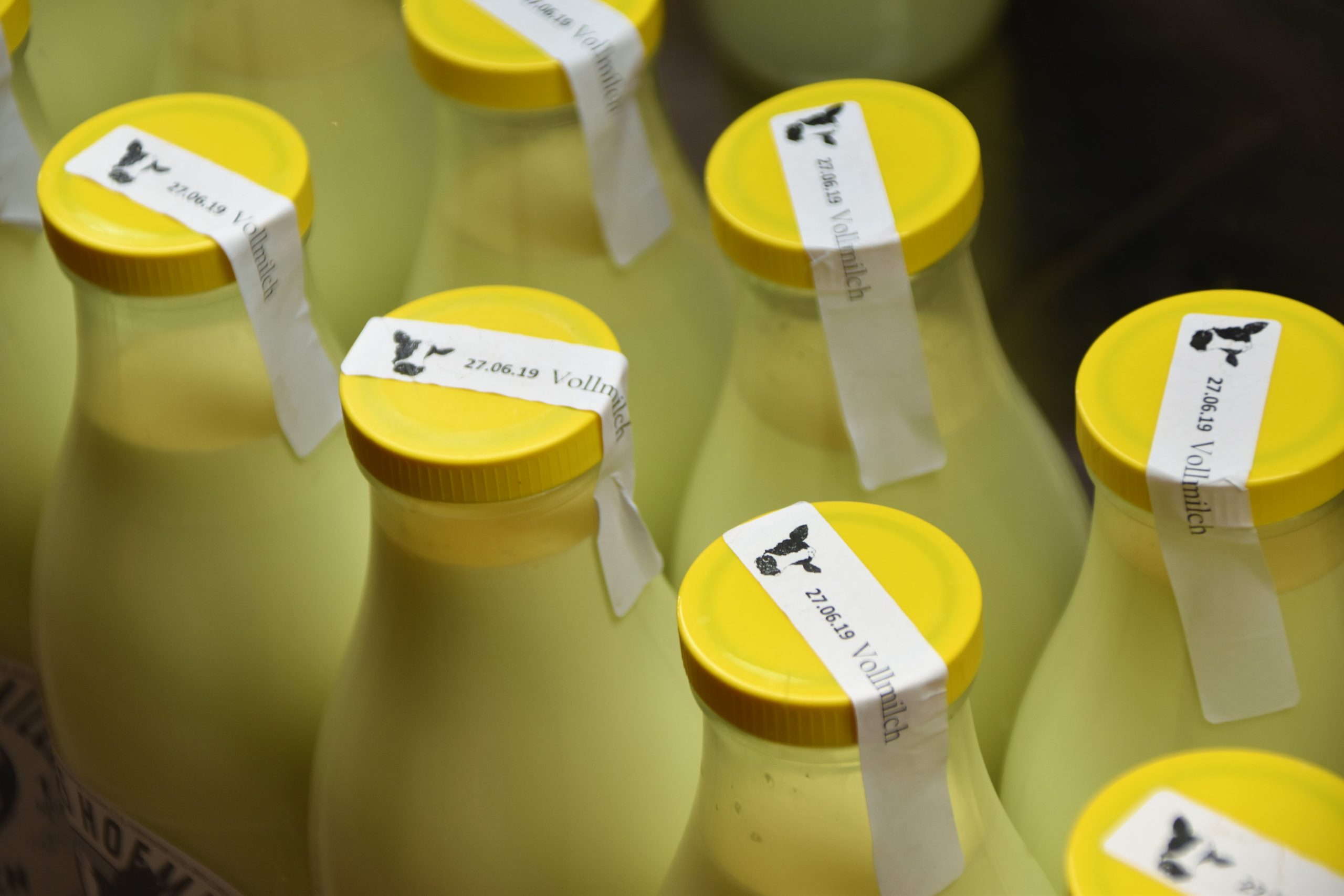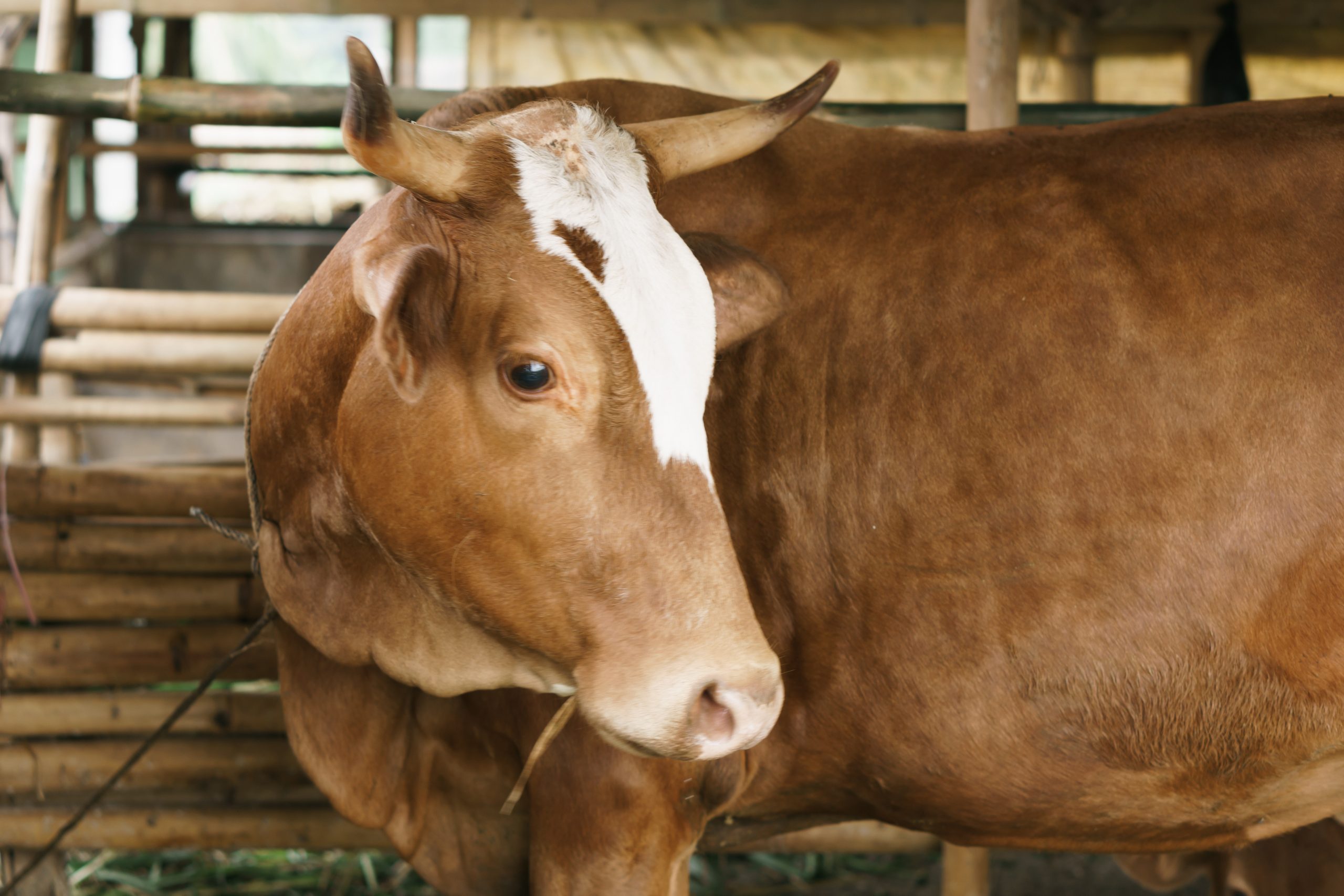India is the largest producer of milk, contributing to 22% of global production. Milk is one such commodity that most Indians consume daily, as a preferred drink as well as in its various other forms. Amidst such high demand, the Indian dairy market has been currently valued at approximately Rs 11.35 lakh crores. In a country like India, dairy farming is a lucrative business option for farmers. As a business that does not depend on season, the probability of loss is low. It is one of those businesses which can be started from anywhere and doesn’t even require highly skilled labor.
While dairy farming can offer you great profits, it also requires a lot of hard work. If you are looking to start your own dairy farm but are not sure how to set it up, this article will help you create your dairy farm business plan.

1. Create a physical plan: Before setting up a dairy farm business, it is important to take into account the market requirement based on factors like the target audience, their household income, the geography, culture of the place, etc. Based on these factors, you can decide on the type of animals you want to keep, the number of animals you need, or the scale of your business.
2. Choose location: When selecting land for your dairy farm business, you must consider factors like availability of consistent water supply, size of the land, soil type, and quality of grass for cattle grazing. You could either rent or lease a location for the dairy farm or set it up on a piece of land you already own. Most people prefer to set up a dairy business near cities where there is an assured market and easy transportation facilities, or within villages where labor and input costs are low and there is no dearth of fodder land.
3. Plan your investment: Once you have decided on the scale of your business, you can estimate the investment and plan to arrange it. Several loans and subsidy schemes can come to your rescue as the Indian government is promoting the dairy farming business. The National Bank for Agriculture and Rural Development (NABARD) offers a capital subsidy of 25% of the cost of setting up a dairy business. The dairy farmers from SC/ST communities are entitled to get a capital subsidy of 33% under the scheme. This subsidy is, however, available to those who have planned to keep a maximum of ten cows on their farm. Any nearby bank in your area can help you with a detailed understanding of the finance process. Apart from the subsidy from NABARD, there are also a few loan schemes for those who want to set up or grow their dairy business.

4. Obtain a license: Besides preparing the plan and arranging for the capital, farmers should also register their small business enterprises under the Food Safety and Standards Authority of India (FSSAI). A product with FSSAI certification is more preferred by the consumers over non-certified products in the market.
– Small-scale dairy enterprises with an annual turnover of not more than 12 lakhs can apply for the basic FSSAI registration.
– As the business upscales and reaches the threshold of 12 lakhs, the registration has to be upgraded to a state license.
Some of the other key licenses are- dairy farm license, trade license, shed license, decke kaufen, company registration certificate, and registration with ROC or registrar of firms. For your dairy farming business, you must definitely obtain all necessary registrations and licenses.
5. Purchase of animals: A better breed of animals will ensure a better quality of milk for your business, including hausarbeit schreiben lassen preis. It is important to purchase a breed that yields more milk, suits the area’s climatic conditions, and helps your business expand quickly. Cow breeds such as Gir, Red Sindhi, Sahiwal are known for high milk yields. For buffaloes, Mehsana or Murrah are usually preferred and for goats, you can opt for Jamnaari, Boer Goat, Barbari. Also, make sure to get insurance for your farm animals.

6. Building farm infrastructure: Your dairy farm requires you to build the right kind of infrastructure to carry out operations seamlessly ghostwriter.
Sheds– A properly covered area at the farm where cattle can be kept is a must This area, if elevated, prevents any form of water stagnation, thus ensuring a hygienic environment for the cattle. Roughly, one cow requires an 8 x 12ft. shed area, so you can estimate the total shed area based on the number of animals at your farm.
Water– Clean and abundant water is extremely important at a dairy farm not just for the cattle but also to grow green fodder.
Fodder– Green fodder is an economical source of nutrients for the farm animals, helping maintain good health and improving the breeding efficiency of the animals. Including green fodder in cattle, food can also help reduce the cost of milk production.
7. Hire labor: Labor is the most crucial aspect of your business, including ghostwriter hausarbeiten. You must employ people who have some expertise in handling farm activities and raising animals. You can also train the labor force so that there is a process followed by everyone at the farm.
Lastly, it is equally important to find the right marketing channels, including ghostwriting hausarbeit, to attract customers to the area. You must find a way to make doorstep delivery possible by tying up with partners. For instance, you can list your milk and dairy products on Farmsnation and easily find customers in the area. Dairy farming is a growing avenue, and if you are interested in this business, now is the time for you to start.
